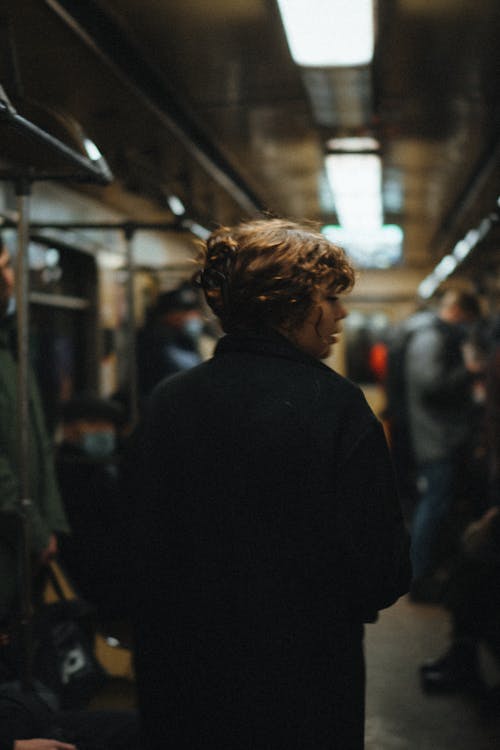Nandalal is known to have fervently sketched on postcard-sized papers, recording his surroundings. His small sketches vastly vary in detailing, some drawn quickly with just a few lines, others executed with more elaborate characteristics from an analytical perspective. This album of 45 works consists of picture postcards that the artist executed on his travels. Nandalal had a strong affinity for sketching, his subjects being the surrounding environs, people in their everyday life or anything that he found fascinating. In this sketch, he has depicted a man carrying some items in a basket over his head and a goat walking along with him, probably to offer in a temple as mentioned in the inscription. This has been executed in a fluid yet the firm, bold strokes of ink, delineating the forms and bringing out the corporeality of the subject. It is the sketch bears two inscriptions in Bengali that can be translated as, 'Mannat' (wish) and 'sugar, baby goat and black mustard seeds' at the bottom-left corner of the sketch.
- Identifier
- ngma-11372
- Material
- Postcard
- Note
- Nandalal Bose, popularly known as the Master Moshai, was born on December 3rd, 1882 in Kharagpur, Monghyr District, Bihar. A disciple of Abanindranath Tagore, he graduated from the Government School of Art, Calcutta in 1910. Nandalal was fascinated by the potential of folk art and indigenous modes of expression and inculcated them in his works although stylising them in a unique representation for depiction and narration of local life. His explorative temperament with artistic materials allowed him to create a vast body of work with printmaking techniques such as lithography, linoleum prints, and Sino-Japanese techniques while remaining faithful to his narrative subject: India's environment and its ethos. Nandalal Bose's art conjures newness unbound, yet it is flushed with the memories of yesterday. Inspired by Far Eastern sensibilities that celebrate the traditional, the genius of his art lies in the interplay of sensual silhouettes and his powerful rendering of contemporary themes with the traditions, customs, and sensibilities of Indian heritage. It is this intermingling that invigorates his works and captures the minds of his viewers. He began his artistic career in the fervour of the Swadeshi movement, rejecting western colonial norms of art and taking inspiration from the ancient murals of Ajanta and Bagh caves as well as Mughal miniatures. In 1919, Nandalal Bose accepted Rabindranath Tagore's invitation to become the Principal of the newly established art school Kala Bhavan at Visvabharati University in Santiniketan. He travelled in and out of India including places like Burma, China, Japan, Malaysia, Java, and Sri Lanka seeking artistic stimulus from observing different cultural traditions. He also painted a series of posters for the Indian National Congress at Haripura in February 1938. The range of Nandalal's artistic expression is seen in his various landscapes with human figures, his varied images of nature, and the Santiniketan Murals. His works reflect the changing landscape, portraying people, and places at a time when modern India's cultural development was at its threshold. Nandalal Bose died on April 16th, 1966 in Santiniketan, West Bengal. He won several accolades including the Padma Vibhushan by the President of India in 1953. He was awarded an honorary Doctorate in Letters (D. Litt.) from Banaras Hindu University in 1950 and Calcutta University in 1957. The NGMA has over 6800 of his works in its collection.
- Pages
- 8.6 x 14 cm
- Published in
- India
- Type
- Sketch



